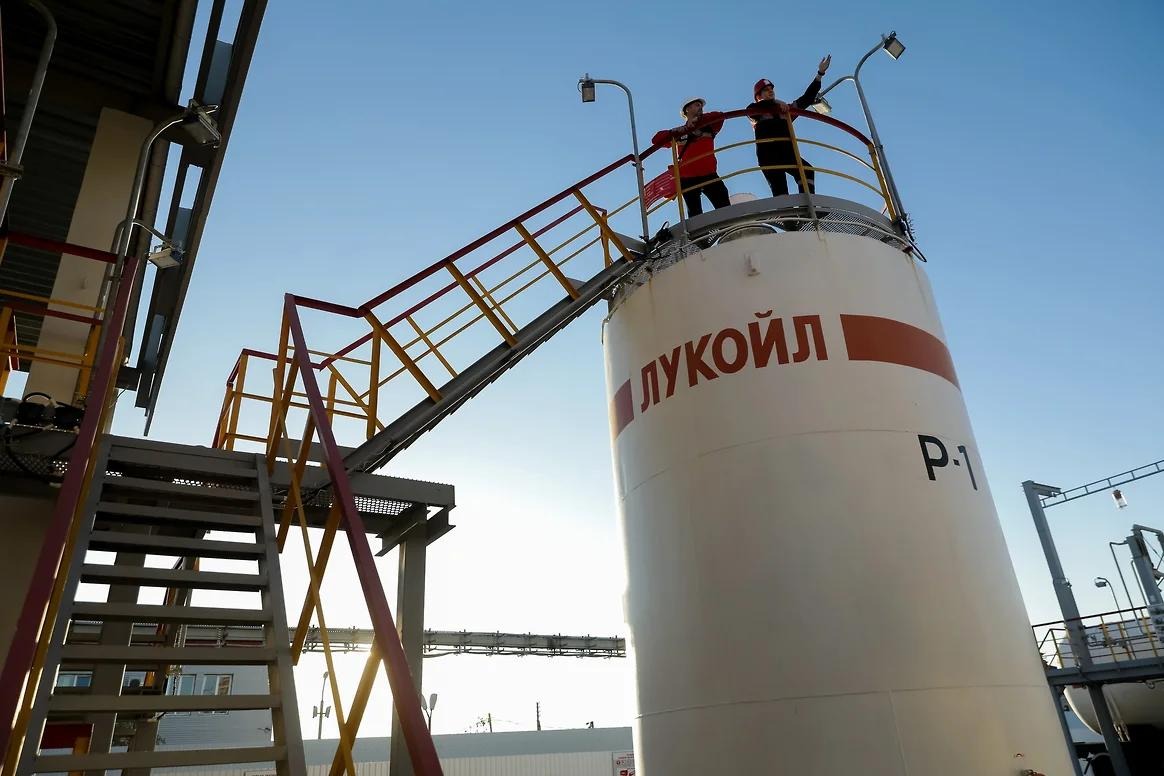RACIST MURDERS DEAL FURTHER BLOW TO RUSSIA’S STANDING IN ARMENIA
RACIST MURDERS DEAL FURTHER BLOW TO RUSSIA’S STANDING IN ARMENIA
The latest upsurge in murders of dark-skinned immigrants living in Russia has not only reinforced the country’s image as a hotbed of xenophobic extremism, it also has negative implications for the future of its relations with one of its most loyal allies. The April 22 fatal stabbing of an ethnic Armenian youth in Moscow has caused an uproar in Armenia that is likely to add to the ongoing erosion of the traditionally strong pro-Russian sentiment in the South Caucasus nation.
The 17-year-old Vigen Abramiants was killed on a Moscow subway platform in full view of other riders. The next day a well-known Armenian film director, Mikael Dovlatian, was attacked and seriously injured by a group of neo-Nazi skinheads as he entered the same underground system where the police presence is unusually strong. Similar individuals are believed to have stabbed to death a Tajik immigrant, also in the Russian capital, on April 24. A 23-year-old Indian student and a 36-year-old Turkish man living in St. Petersburg were more fortunate, surviving separate racist attacks reported on April 22.
The violence followed what has become a familiar pattern in Russia, where hardly a week goes by without reports of rampaging youths indiscriminately wounding or killing people from the Caucasus, Central Asia, Africa, and even Latin America. The Russian anti-racism watchdog group Sova has registered more than a hundred racist attacks since January, saying that at least 14 people have already been murdered in Russia this year because of their non-Slavic looks. Sova puts the death toll from such incidents reported last year at 28.
The latest spate of killings is widely linked to Adolf Hitler’s birthday — April 20. The founder of Nazi Germany may be responsible for the deaths of millions of Russians during World War II, but he seems exceedingly (and shockingly) popular with scores of young people in modern-day Russia. According to Russian media estimates, in St. Petersburg alone (a city that saw at least one million of its residents starve to death during the infamous German blockade of 1941-44) there are some 15,000 adherents of Russian neo-Nazi organizations.
With neo-Nazi and other extremist literature and propaganda widely available on the streets and especially on the Internet, Russian law-enforcement authorities and courts have been remarkably lenient towards hate groups, routinely portraying racially motivated crimes as mere acts of “hooliganism.” A case in point is the trial in St. Petersburg of seven teenagers who were convicted of collectively stabbing to death a 9-year-old Tajik girl but were sentenced to only between 18 months and five years in prison last February. A jury found that they were hooligans, rather than racists.
The Moscow police were likewise quick to suggest that the Abramiants murder resulted from a dispute over a teenage girl allegedly offended by the Armenian. This official theory infuriated leaders and many members of the large Armenian community in Russia. Even the Kremlin-connected chairman of the Union of Armenians of Russia, Ara Abramian, accused the authorities of “connivance” in the young man’s violent death. Speaking in Moscow on April 27, Abramian said the failure to prosecute the perpetrators of the vast majority of racist crimes only encourages more such attacks. Abramiants is the sixth Armenian murdered in Russia this year, he added.
The furor sparked a week-long outburst of anti-Russian rhetoric by Armenia’s electronic and, especially, print media that regularly carry reports on the desecration of Armenian churches and cemeteries in southern Russia. “In no other country of the world except Armenia’s supposed ally Russia, do Armenians get killed in the street because of being Armenian,” the Yerevan daily Haykakan Zhamanak observed on April 29. “It is evident that the Russian authorities are secretly encouraging activities of those [neo-Nazi] groups,” charged another newspaper, 168 Zham. “Russia has stepped onto a path leading to its transformation into a fascist state,” agreed Vartan Harutiunian, a human-rights campaigner and Soviet-era dissident, in an interview with the daily Aravot. Many Russians, he claimed, see nothing wrong in “the murder of a few Armenians, Azerbaijanis, or Tajiks.”
Newspapers also lashed out at Armenia’s government for its continuing unwillingness to officially protest to Moscow, with Aravot condemning the stance as “odd and outrageous.” “The Armenian authorities are subservient [to Russia] to such an extent that they are even scared of defending the interests and rights of their citizens and compatriots in the territory of our purported ally,” wrote Chorrord Ishkhanutiun. “How many more Armenians need to be killed in Russia in order to prompt a reaction [from official Yerevan?],” asked Taregir, another paper critical of the government.
Such comments cannot fail to have an impact on public opinion in Armenia, which has traditionally been sympathetic to Russia and formed a key building block of the close Russian-Armenian political, military, and economic relations. But it has clearly undergone important changes in recent years, with opinion polls suggesting that a rising number of Armenians see their country’s future in NATO and the European Union. This trend may only accelerate as a result of a growing sense that the Russians look down on even the most loyal of their dark-skinned neighbors.
Golos Armenii, a Russian-language newspaper critical of the West, summed up the changing public mood in Armenia on April 27 when it suggested that violent xenophobia is becoming a key feature of Russian society. “Even those who are very sympathetic to Russia understand that that country has no future,” it wrote.
(Haykakan Zhamanak, April 29; Aravot, April 28; 168 Zham, April 27-28; Golos Armenii, Azg, April 27; Novye izvestiya, April 26.)


